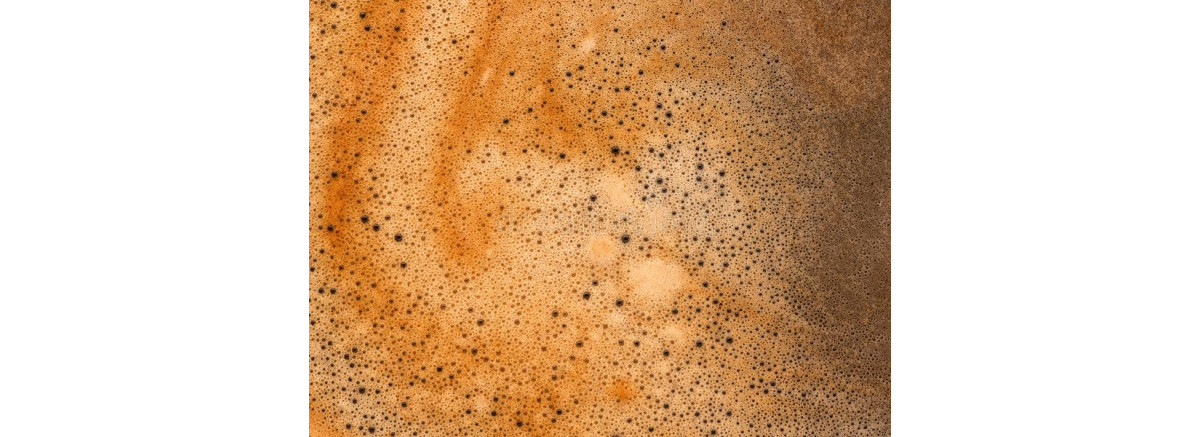
Learn about coffee texture
What is the first thing we pay attention to when we drink coffee? Aroma, taste, appearance?
Yes, but don't forget about texture. It affects how we perceive a drink and can tell a lot about it.
- What it is
English-speaking baristas call this parameter body, that is, the "body" of coffee or "mouthfeel" (how coffee feels in the mouth.) It is about its physical parameters: is it watery or dense? Maybe creamy and thick? Homogeneous or with particles?
The texture of coffee depends on
- variety
- cooking method
- roasting
The cooking method is important. Yes, if we are talking about the right espresso, its texture will be dense, enveloping. About the same can be said about mocha and Turkish coffee makers. The drink will be oily, thick. But filter coffee, on the contrary, will have a light texture, because part of the oils are separated during the brewing process.
Coffee variety and growing conditions also affect texture. As a rule, grains grown on higher plantations, far in the mountains, will have more oils and nutrients, which will give a denser drink.
If we talk about roasting, then the roaster must find a balance here. You can fry the grains easily, and they will not have such a dense texture, but clearly expressed taste notes (such an expression is called clarity). And you can make the texture more saturated, but here individual notes of taste can be lost, merging into a single bouquet.
Which coffee texture to choose is up to you. It is worth focusing on what brings pleasure. You can always ask the barista about the texture of the coffee, and if you're looking for home coffee, we have it!




